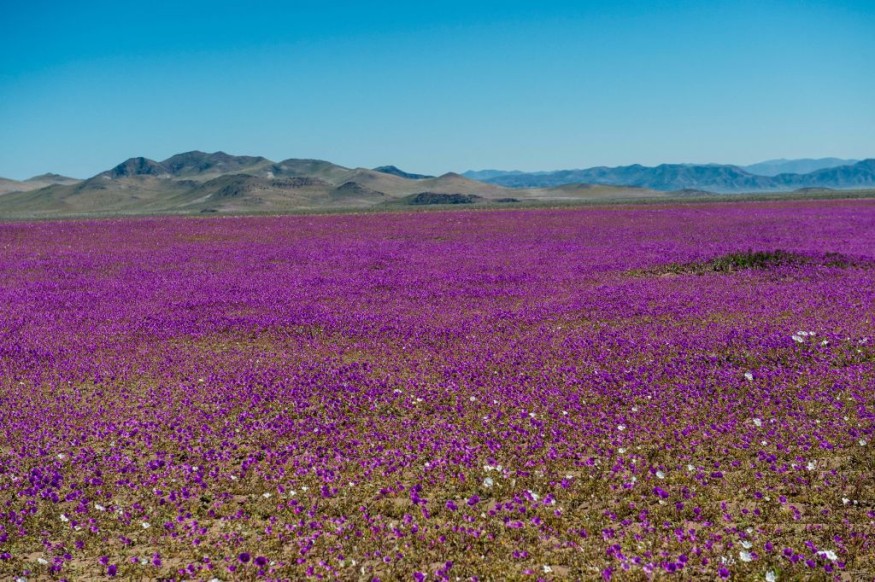Chile Culture: All About People and Traditions Practiced in the South American Country

Spain colonized Chile, just like any Latin American country, and it has a culture widely influenced by Spanish traditions.
Chile's population is largely mestizo, with a mixture of Spanish and Indian heritage, with an appreciation for the influence of indigenous culture has been growing. According to Britannica, many Latin American countries depend heavily on agriculture and mining, but not Chile.
Chile developed its economy based on manufacturing, with it becoming one of the more urbanized Latin American societies.
People in Chile
The Chileans are ethnically a combination of Europeans and Indians, with indigenous tribes in the country including the Atacameños, Diaguitas, Picunches, Araucanians (Mapuches), Huilliches, Pehuenches, and Cuncos, and the conquistadores from Spain.
In addition, a few Africans were brought to Chile as slaves during colonial times as the tropical plantation economy did not develop.
English, Italian, and French merchants also established themselves in the growing cities of Chile after independence and during the republican era. The Catholic church has also played a significant role and power over Chile.
According to Cultural Atlas, Spanish colonialists introduced Catholicism to Chile in the 16th century. The Catholic church has played a role in opposing certain regimes, such as former Chile President Augusto Pinochet Ugarte.
There has been a slow decline of Catholicism followers, including the influence of the Catholic church across the country over the years. However, Catholicism remains the most popular religion, especially among the elite Chilean society.
As for the country's landscape, the Chilean Andes form most of the border with Argentina, which includes the highest segment of the Andes Mountain chain. It serves as a physical and a human divide.
Aside from that, Chile is within the Ring of Fire. The area experiences a high number of earthquakes and is home to many active volcanoes. According to experts, active volcanoes in the country are around 80 to 90.
Traditions in Chile
With Catholicism influences in the country, Chile has Christmas and New Year traditions. Chilean families exchange gifts and eat Pan de Pascua, a Chilean version of fruitcake.
Families also enjoy cola de mono, which is made of milk, sugar, coffee, cinnamon, and alcoholic spirits. International Living reported that Chile is known for hosting the biggest New Year's Eve festival in the country in Valparaiso.
It also celebrated the largest fireworks display in Latin America. As part of their traditions, Chileans place money in their shoe and walk around the block for luck, money, and future travel prospects.
They also practice writing down their negative experiences and burning the paper. It symbolizes the act of letting go and moving forward.
Chile's Indigenous people also celebrate their New Year on June 24, during the winter solstice. Participants celebrate the cycle of life and the harvests.
Some of the well-known literary figures in Chile are award-winning poets Gabriel Mistral and Pablo Neruda, including novelists Isabel Allende.
This article is owned by Latin Post.
Written by: Mary Webber
WATCH: Chile Travel: Culture and Tradition Chile - Open Nature - From Chile Travel
Subscribe to Latin Post!
Sign up for our free newsletter for the Latest coverage!
© 2025 Latin Post. All rights reserved. Do not reproduce without permission.















